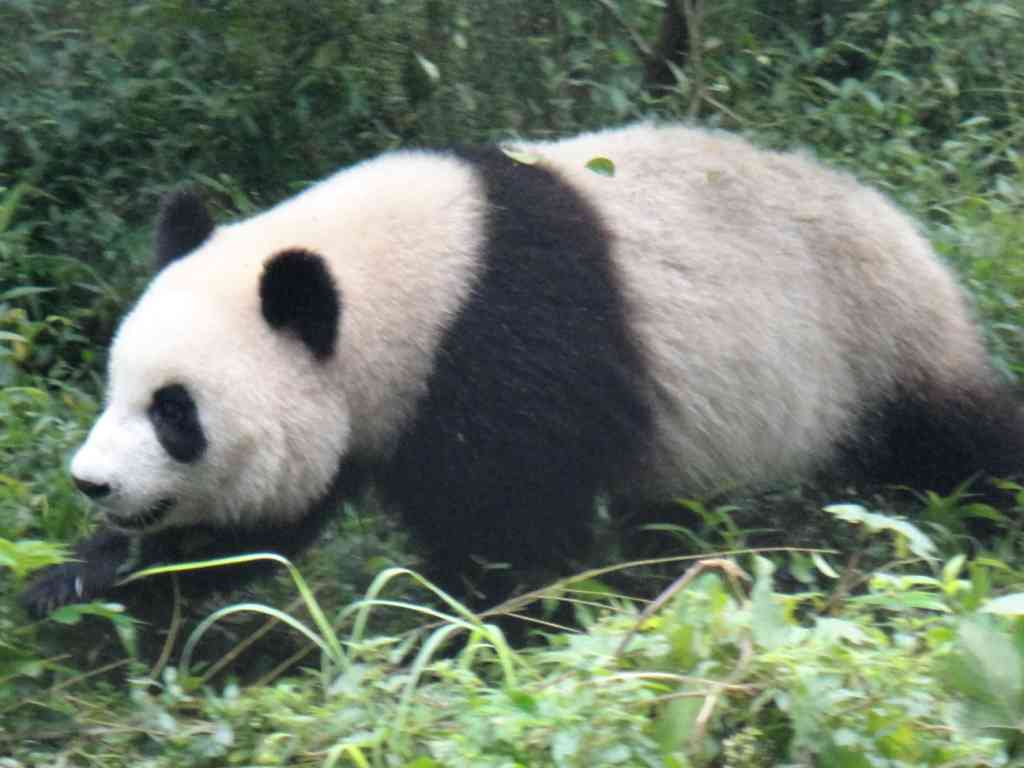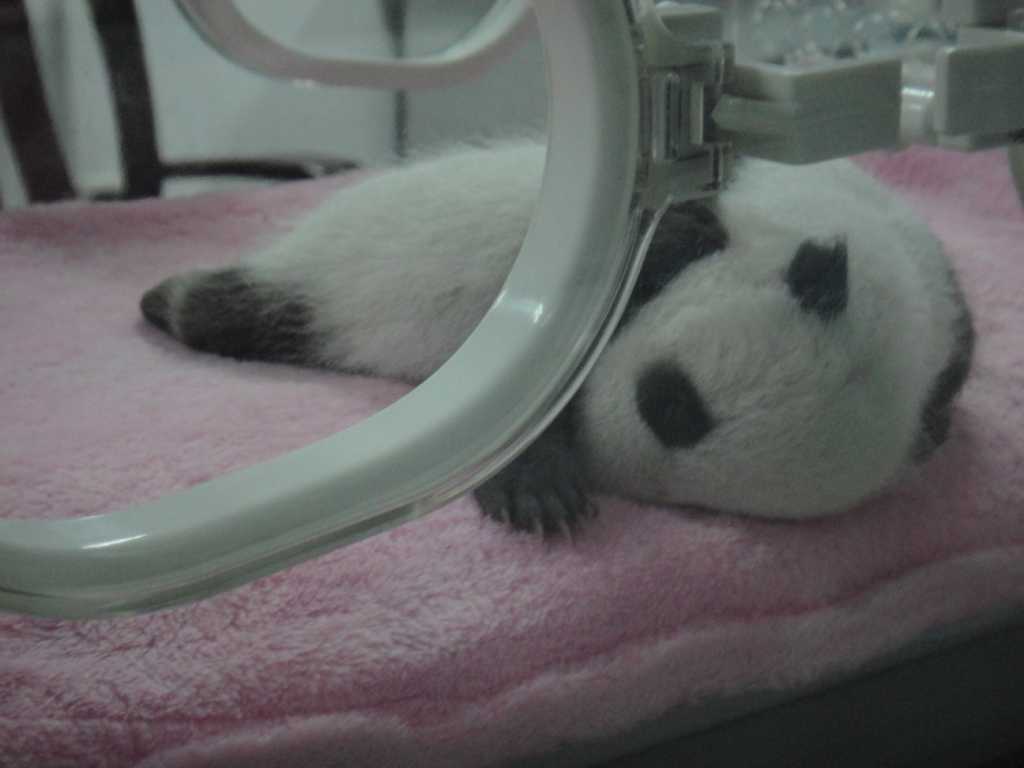CHENGDU, China -- Pandas are naturally solitary animals who live in remote bamboo forests in the mountainous areas of China. But as their natural habitats were gradually destroyed, their number went down and the large but seemingly cuddly animals became one of the most recognizable endangered species worldwide. Unlike other animals whose existence remains uncertain, however, the pandas are fortunate enough to benefit from preservation efforts of the Chinese government. In 1953, the Chengdu Zoo in China raised its first panda in captivity and showed it to a delighted public. However, the baby died in less than two weeks.

Visitors can observe the pandas in a natural setting at the Chengdu Panda Base. Photo by KIM TAN
Decades later, the local government stepped up its efforts and built the Chengdu Research Base of Giant Panda Breeding in 1987. The facility was formally opened in 1993, housing only six pandas at first. It has since expanded to a population of more than 100. The Chengdu Panda Base, which occupies an area of 100 hectares and has nearly 400 kinds of trees, is dedicated to conserving the native Chinese species: the giant panda and the red panda.
Click here for pictures and names of pandas housed at the Chengdu Panda Base. According to researcher Hou Roung, they have devised both natural and artificial methods for breeding the pandas: they either let the male and female pandas mate, or conduct artificial insemination on the females. "We have breeding problems (but) the success rate keeps growing," Hou told GMA News Online, one of the media agencies invited to China for a travel campaign last September.

Baby pandas are kept in the nursery, where they are cared for just like human babies. Photo by KIM TAN
She said the panda survival rate at the base is around 90 percent, and they achieved a high breeding success in 2008 with 18 cubs. Right after they are born, baby pandas are placed inside nurseries, where caretakers nurture them just like human babies. When the babies grow to adult size, they are let out into the base where tourists are able to view them in their natural habitat. "The panda is not very aggressive like other carnivores, but they will protect themselves," said Hou. She noted that even though pandas are supposed to be meat eaters, their main diet consists of bamboo, which the caretakers import from mountainous areas in China. The Panda Base is supported by donations, ticket proceeds, and subsidy from the local government of Chengdu. Asked why they would exert so much effort into taking care of pandas, Hou said pandas are a symbol of environmental conservation. "It's not only important for Chengdu, it's important to the world," she said. –
YA, GMA News 






